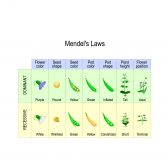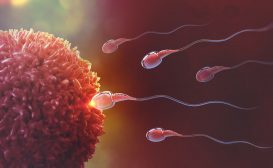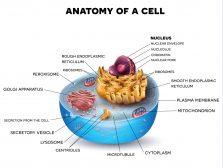Definition
noun
The stage after zygotene and precedes diplotene, and is highlighted by homologous chromosomes shortening, thickening, and separating into four distinct chromatids joined at the centromere, as well as homologous recombination events such as crossovers
Supplement
Meiosis is form of cell division that gives rise to genetically diverse sex cells or gametes. It is comprised to two successive nuclear divisions namely meiosis I and meiosis II. Meiosis I is comprised of four stages: prophase I, metaphase I, anaphase I, and telophase I. Prophase I is the first stage and consists of the following sub-stages: leptotene, zygotene, pachytene, diplotene and diakinesis.
Pachytene is the stage that follows after the zygotene stage. Prior to pachytene, the homologous chromosomes have now come together to a synapse. An assembly of proteinaceous structure called synaptonemal complex forms in a zipper-like fashion to facilitate synapsis and aid in the stabilization of the pairing of homologous chromosomes and promotes the formation of chromosomal crossovers.1 Therefore, the paired homologous chromosomes that enter the pachytene stage are now referred to as tetrads (for having four chromatids) or bivalents (for two homologous chromosomes that have associated together).
During pachytene, each tetrad shortens, thickens, and separates into four distinct chromatids joined at the centromere. This is also the stage of homologous recombination, e.g. chromosomal crossover between nonsister chromatids. In sites where genetic exchanges occurred, chiasmata form. However, chiasmata are not yet visible under the microscope at this stage.
Word origin: French pachytène : Greek pakhus, thick + French -tène, ribbon pachytene French pachytène : Greek pakhus, thick + French -tène, ribbon
Synonym:
See also:
Reference(s):
1 Heyting, C. (1996). Synaptonemal complexes: structure and function. Curr Opin Cell Biol. 8(3):389-96.







